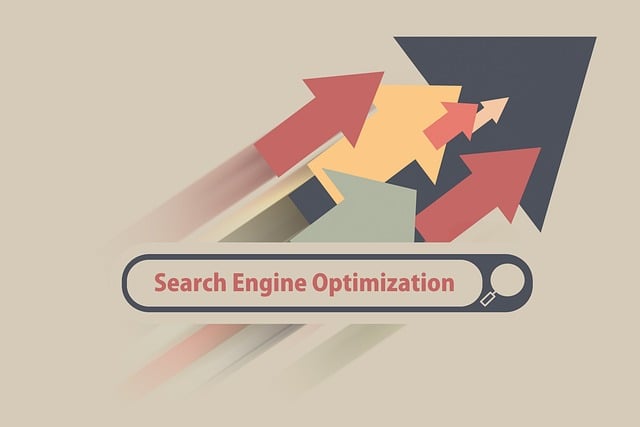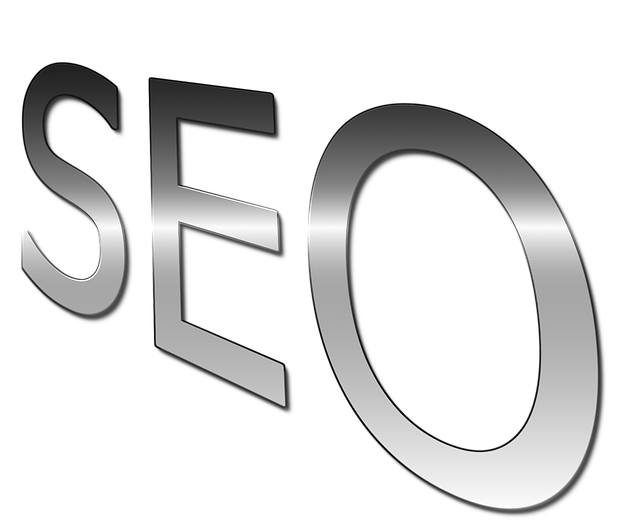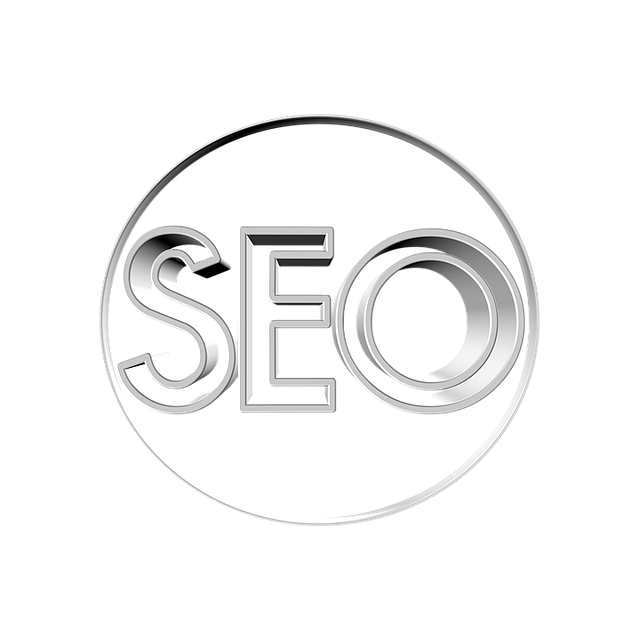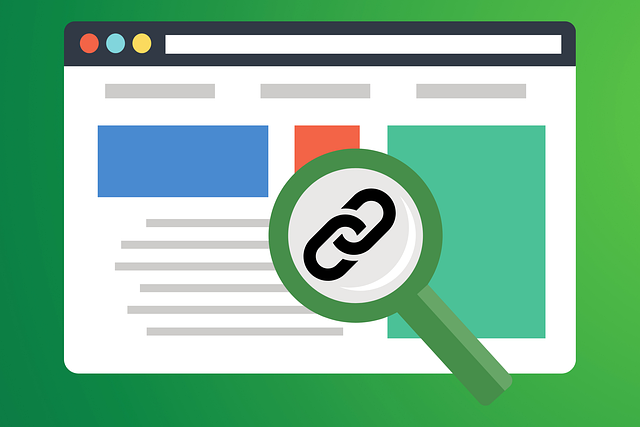On-Page SEO is crucial for e-commerce success, focusing on optimizing webpage elements like title tags, meta descriptions, headers, and content with relevant keywords to boost visibility and drive organic traffic. Key strategies include keyword research to understand customer preferences, enhancing image optimization, creating compelling product descriptions, structuring websites logically, implementing internal linking, and measuring KPIs using tools like Google Analytics and Search Console to refine strategies based on user intent and search engine algorithms.
In the dynamic landscape of e-commerce, successful businesses understand the paramount importance of On-Page SEO. This strategic approach optimizes product visibility and drives organic traffic by refining every element on a page. From crafting compelling titles and descriptions to leveraging keyword research and enhancing image optimization, each tactic contributes to a richer user experience. By implementing effective meta tag usage, engaging content creation, improved site structure, and internal linking, e-commerce entities can elevate their online presence and achieve better search engine rankings.
Understanding On-Page SEO for E-commerce

On-Page SEO is a crucial aspect of optimizing e-commerce websites for search engines, aiming to enhance visibility and drive organic traffic. It involves refining various elements within a webpage to increase its relevance and quality in the eyes of both users and search algorithms. In the competitive e-commerce landscape, understanding and implementing effective on-page strategies are essential to stand out.
This includes optimizing title tags, meta descriptions, header tags, and content to accurately represent the products or services offered, while also incorporating relevant keywords naturally. Additionally, improving website loading speed, ensuring mobile responsiveness, and creating structured data markup can significantly impact search rankings. By focusing on these on-page factors, e-commerce businesses can attract the right audience, improve user experience, and ultimately boost sales.
Optimizing Product Titles and Descriptions

Optimizing product titles and descriptions is a crucial aspect of on-page SEO for e-commerce sites. Product titles should be clear, concise, and include relevant keywords that accurately describe the item. This helps search engines understand what your products are about and increases their visibility in corresponding searches. By incorporating specific attributes, materials, colors, or other distinctive features into the title, you provide additional context to both users and search algorithms.
In addition to titles, product descriptions should be well-written, informative, and keyword-rich without appearing overly stuffed. These paragraphs offer an opportunity to showcase product benefits, features, and unique selling points. Crafting compelling descriptions that engage readers while subtly integrating target keywords can significantly enhance on-page SEO efforts. Effective use of headings, bullet points, and internal links within descriptions further aids search engines in indexing your content accurately, ultimately driving more qualified traffic to your e-commerce platform.
The Power of Keyword Research in E-commerce

In the dynamic landscape of e-commerce, understanding your target audience is paramount. This is where Keyword Research becomes an indispensable tool within the realm of On-Page SEO. By delving into the search behaviors and preferences of potential customers, businesses can uncover valuable insights to optimize their online presence effectively. Keywords are the gateway to connecting with the right customers, as they reflect the language and terms users employ when seeking products or services.
Identifying relevant keywords allows e-commerce sites to tailor their content strategically. This involves optimizing product titles, descriptions, and tags, ensuring they align with customer expectations and search engine algorithms. The power of Keyword Research lies not only in finding popular search terms but also in uncovering long-tail keywords that can drive highly qualified traffic. By implementing these insights, e-commerce businesses can enhance their visibility, attract the right audience, and ultimately boost sales.
Enhancing Image Optimization Strategies

Enhancing image optimization strategies is a critical aspect of on-page SEO for e-commerce websites. High-quality, relevant images not only improve user experience but also play a significant role in search engine rankings. By incorporating descriptive file names, alt tags, and optimizing image sizes, you can ensure that your visual content is effectively indexed by search engines. These techniques help search algorithms understand the context of your images, leading to better visibility for your products.
Additionally, utilizing keywords strategically within image attributes can boost your site’s SEO efforts. Incorporating targeted keywords in alt tags and descriptive captions not only provides context for users but also reinforces relevant themes that search engines consider when ranking e-commerce sites. This multi-faceted approach ensures that your images contribute to both aesthetic appeal and on-page optimization, ultimately driving better organic traffic and increased sales.
Utilizing Meta Tags Effectively

Meta tags are essential elements in On-Page SEO for e-commerce websites as they provide search engines with crucial information about your web pages. These tags include meta titles and descriptions, which appear in search engine results pages (SERPs), directly influencing click-through rates. A well-optimized meta title should be descriptive, including relevant keywords, and capture the essence of the page content to entice users. Similarly, a compelling meta description offers a brief overview of the page, encouraging clicks while maintaining accuracy.
Effectively utilizing these tags can drive more targeted traffic to your e-commerce store. Ensure each page has unique, optimized meta data that aligns with its content. This strategy helps search engines understand and display your products or services accurately, enhancing visibility and attracting potential customers.
Creating Engaging and Informative Content

Creating engaging and informative content is a key component of successful On-Page SEO for e-commerce websites. Product descriptions should go beyond simply listing features to tell a compelling story about the item, highlighting its benefits and unique selling points. This not only enhances user experience but also signals to search engines that your site offers valuable, relevant content. Incorporate keywords naturally throughout the text, focusing on terms potential customers might use when searching for products like yours.
Ensure that each product page has a distinct focus, with content optimized for specific search queries. Use headings, subheadings, and bullet points to break up text and make it easier to scan, which is crucial for keeping visitors engaged. Regularly update your content to reflect the latest trends and changes in your industry, demonstrating freshness and relevance to both customers and search engines.
Improving Site Structure for User Experience

A well-structured website is a cornerstone of effective On-Page SEO for E-commerce platforms. Organising your site logically and intuitively enhances user experience (UX), encouraging visitors to explore more pages and ultimately increasing conversion rates. A clean, hierarchical structure with relevant categories and subcategories allows shoppers to find products quickly, reducing bounce rates. For instance, arranging clothing items by type (e.g., tops, bottoms, dresses), style (casual, formal), or season can make browsing more efficient.
Additionally, implementing a consistent internal linking strategy within your product pages improves site navigation. Linking related products or suggesting complementary items increases the average session duration and provides valuable context for search engines. Remember, an easy-to-navigate site structure not only aids users but also plays a significant role in how search engines crawl and index your e-commerce website, thereby boosting your on-page SEO efforts.
Leveraging Internal Linking Techniques

Internal linking is a powerful strategy within On-Page SEO for e-commerce sites. By connecting relevant pages within your site, you create a network that helps search engines understand the context and hierarchy of your content. This technique allows users to navigate seamlessly, encouraging deeper engagement and potentially reducing bounce rates. For example, linking related products or complementing items can enhance user experience and increase average order value.
When implementing internal links, focus on anchor text that accurately represents the linked page’s content. Ensure these links are contextual and provide value to readers, rather than being mere ‘click here’ anchors. This strategy not only supports SEO efforts but also improves site architecture, making it easier for search engine crawlers to index your pages, thereby improving overall visibility.
Measuring and Analyzing On-Page SEO Success

Measuring on-page SEO success is crucial for understanding the effectiveness of your optimization strategies. By utilizing tools like Google Analytics and Search Console, you can track key performance indicators (KPIs) such as click-through rates (CTRs), page rankings, and organic traffic volume. These metrics provide valuable insights into which elements of your on-page SEO are resonating with search engines and users alike.
Regularly analyzing these data points allows for informed adjustments to your content strategy, ensuring that your e-commerce site remains competitive in a dynamic digital landscape. For instance, if certain product descriptions or keyword targets aren’t driving the desired results, you can refine them to better align with user intent and search engine algorithms, continuously enhancing your on-page SEO performance.
